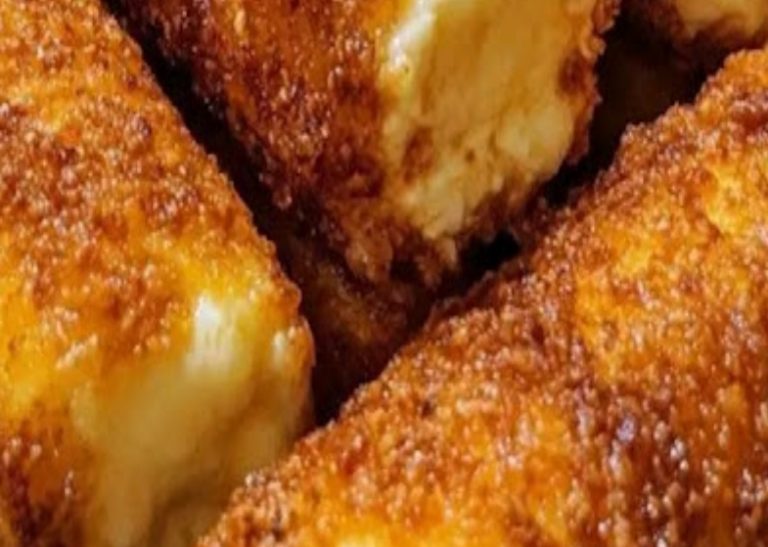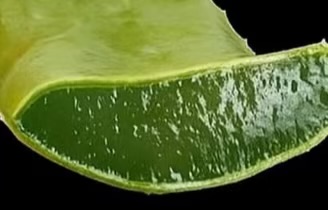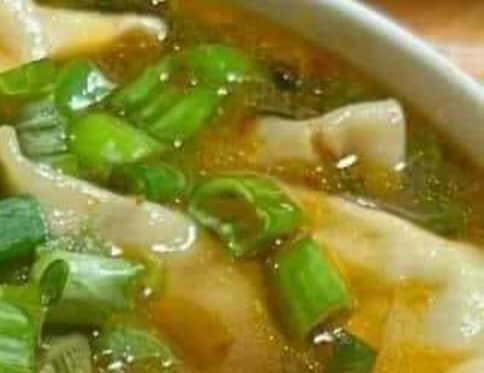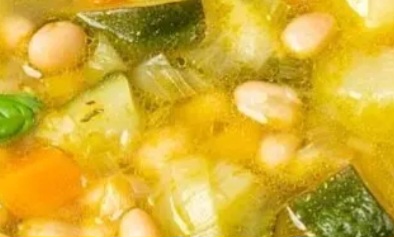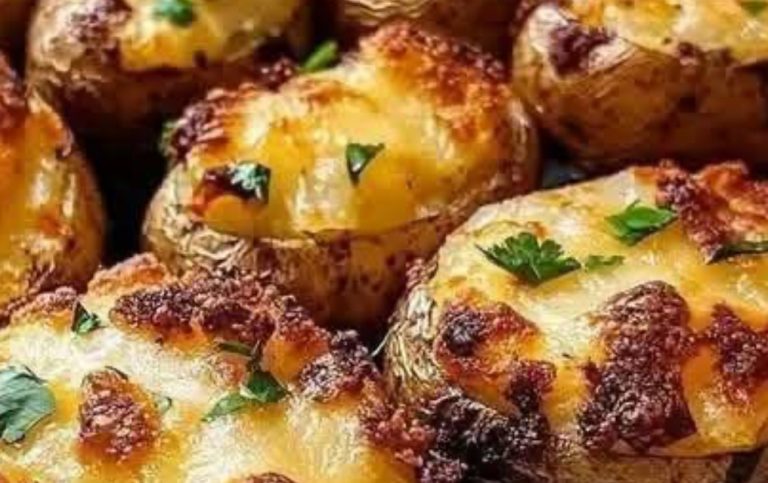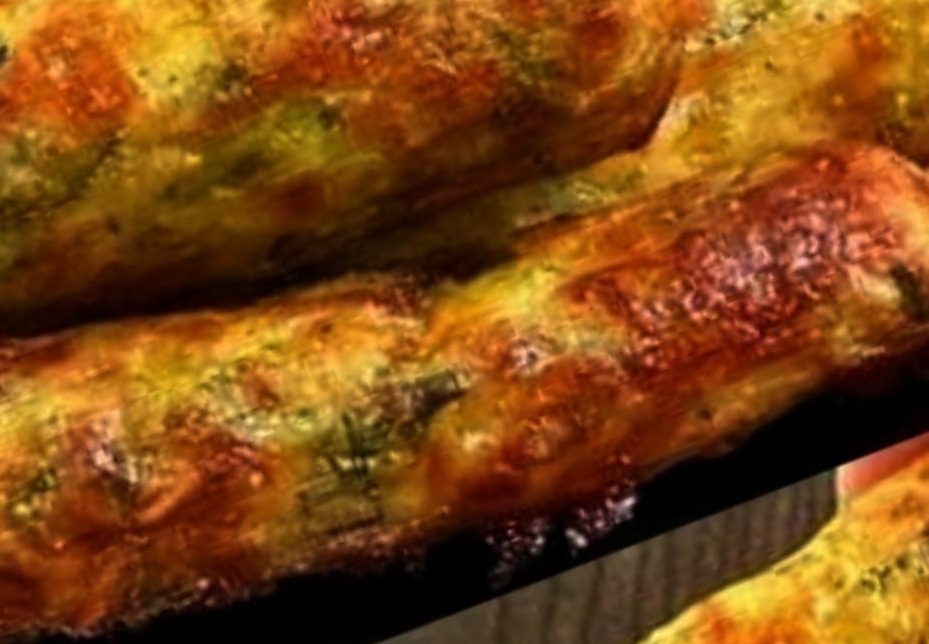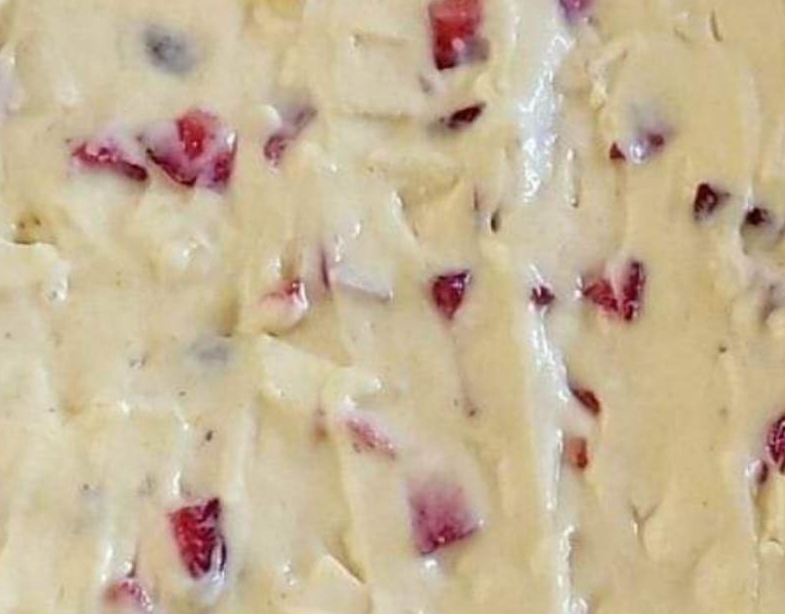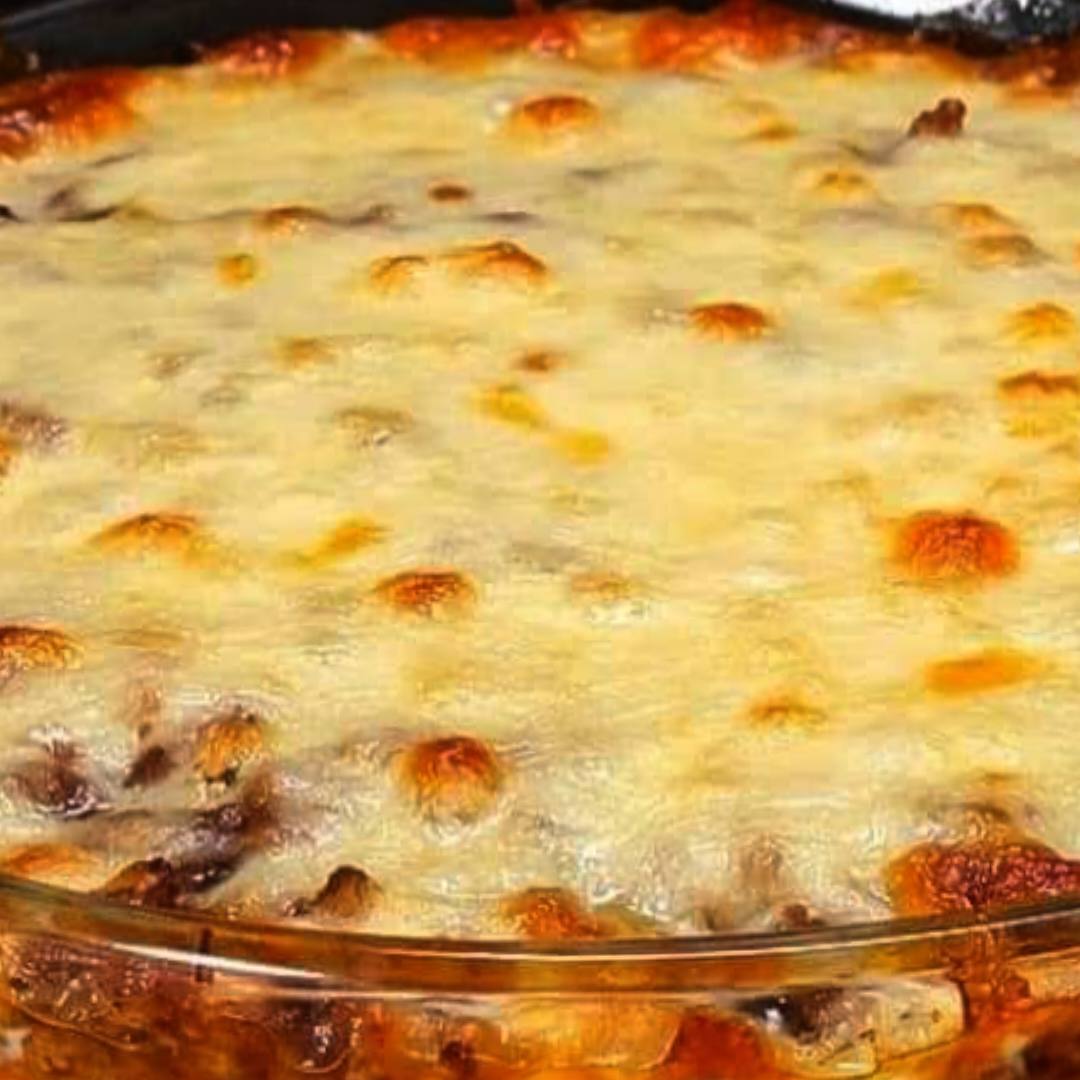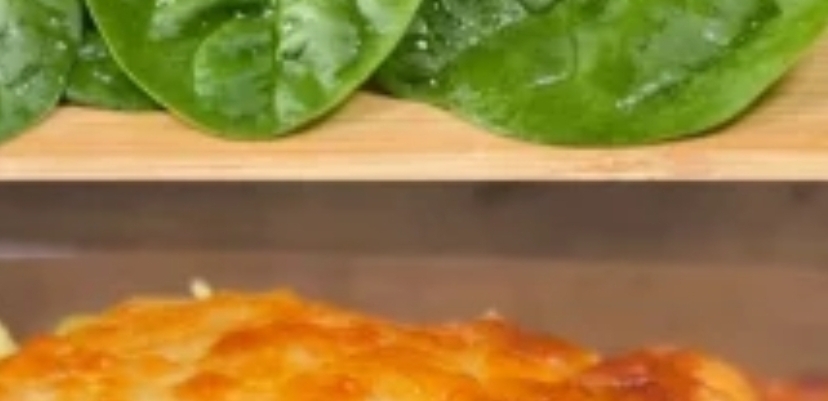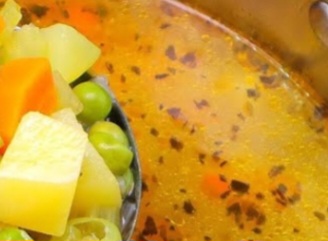How to Remove Stubborn Grease from Pots: A Simple and Effective Trick
Cleaning stubborn, greasy residue from pots and pans can feel like a daunting task, especially when regular soap and scrubbing…
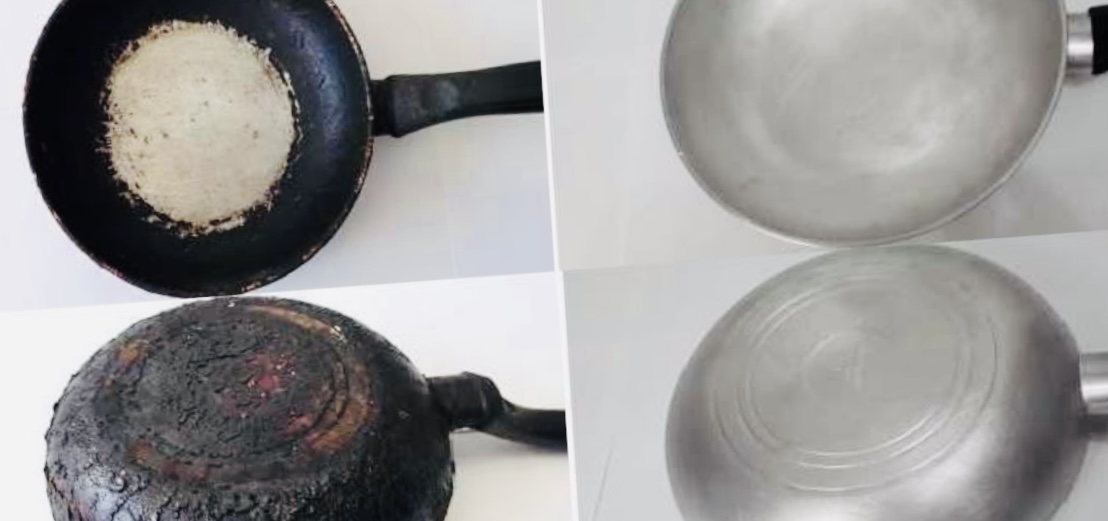
Cleaning stubborn, greasy residue from pots and pans can feel like a daunting task, especially when regular soap and scrubbing don’t seem to do the trick. But don’t worry—there’s a simple, effective method to restore your cookware to its former shine without damaging the surface. Follow this guide to make your pots grease-free in no time.
Why Does Grease Build Up?
Grease build-up happens when oils and fats aren’t completely removed after cooking. Over time, heat can bake these residues onto your cookware, making them difficult to clean. While dish soap helps with surface grease, tough, stuck-on grime requires a stronger approach.
What You’ll Need
To tackle the job, gather the following items:
- Baking soda
- White vinegar
- Dish soap
- Warm water
- A scrubbing pad or sponge (non-abrasive for non-stick pots)
- A toothbrush (for hard-to-reach spots)
The Effective Trick to Remove Grease
Step 1: Soak in Warm Soapy Water
- Fill your pot with warm water and a generous squirt of dish soap.
- Let it soak for 15–30 minutes to loosen surface grease and residue.
Step 2: Apply Baking Soda
- Drain the soapy water, leaving the pot damp.
- Sprinkle baking soda generously over the greasy areas. Baking soda acts as a gentle abrasive and natural deodorizer.
Step 3: Add Vinegar
- Pour a small amount of white vinegar over the baking soda. You’ll notice a fizzy reaction as the two ingredients work together to break down the grease.
- Let the mixture sit for 10–15 minutes.
Step 4: Scrub Gently
- Using a scrubbing pad or sponge, gently scrub the pot, focusing on the greasy spots.
- For tight corners and stubborn spots, use an old toothbrush to scrub effectively without scratching.
Step 5: Rinse Thoroughly
- Rinse the pot under warm water to remove the baking soda, vinegar, and grease residue.
- Check for remaining grease; repeat the process if necessary.
Step 6: Polish and Dry
- Wash the pot again with dish soap to remove any lingering odors or residue.
- Dry thoroughly with a clean towel to prevent water spots.
Bonus Tips for Extra Stubborn Grease
- Use Salt for Extra Scrubbing Power:
Sprinkle coarse salt over the greasy areas before scrubbing. Salt adds an extra abrasive element to the cleaning process. - Try Lemon Juice for Natural Degreasing:
Rub half a lemon over the greasy spots. The acidity helps cut through grease while leaving a fresh scent. - Use a Degreasing Agent:
For extreme cases, apply a kitchen degreaser or soak the pot in a mixture of hot water and degreasing dish soap for an hour.
Prevention Tips for the Future
- Clean Immediately: Wash your pots and pans soon after cooking to prevent grease from hardening.
- Avoid High Heat with Oil: Using excessive heat when cooking with oils can cause grease to burn and stick.
- Use a Splatter Guard: Prevent grease from splattering onto pots and pans by using a splatter guard when frying.
Why This Trick Works
The combination of baking soda and vinegar is a classic cleaning hack. Baking soda gently scrubs away grease without scratching, while vinegar’s acidity dissolves tough residues. Together, they form a powerful, natural cleaner that’s safe for your cookware.
What's Your Reaction?







